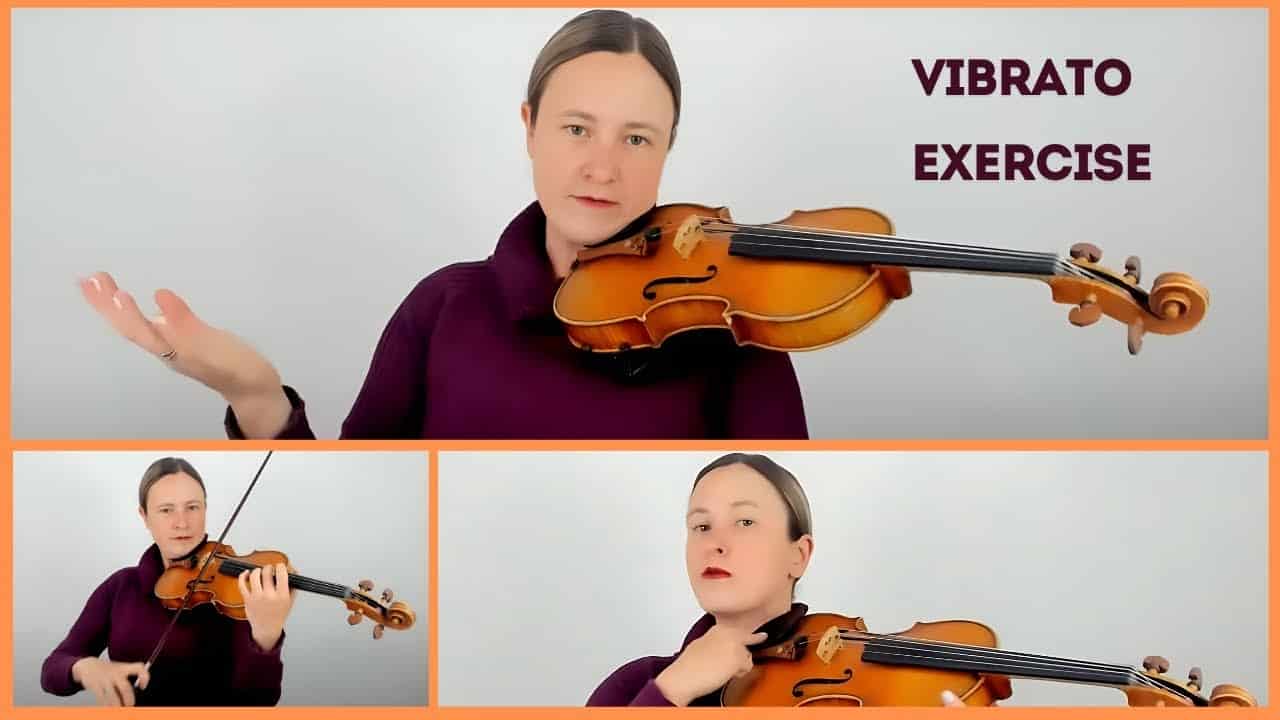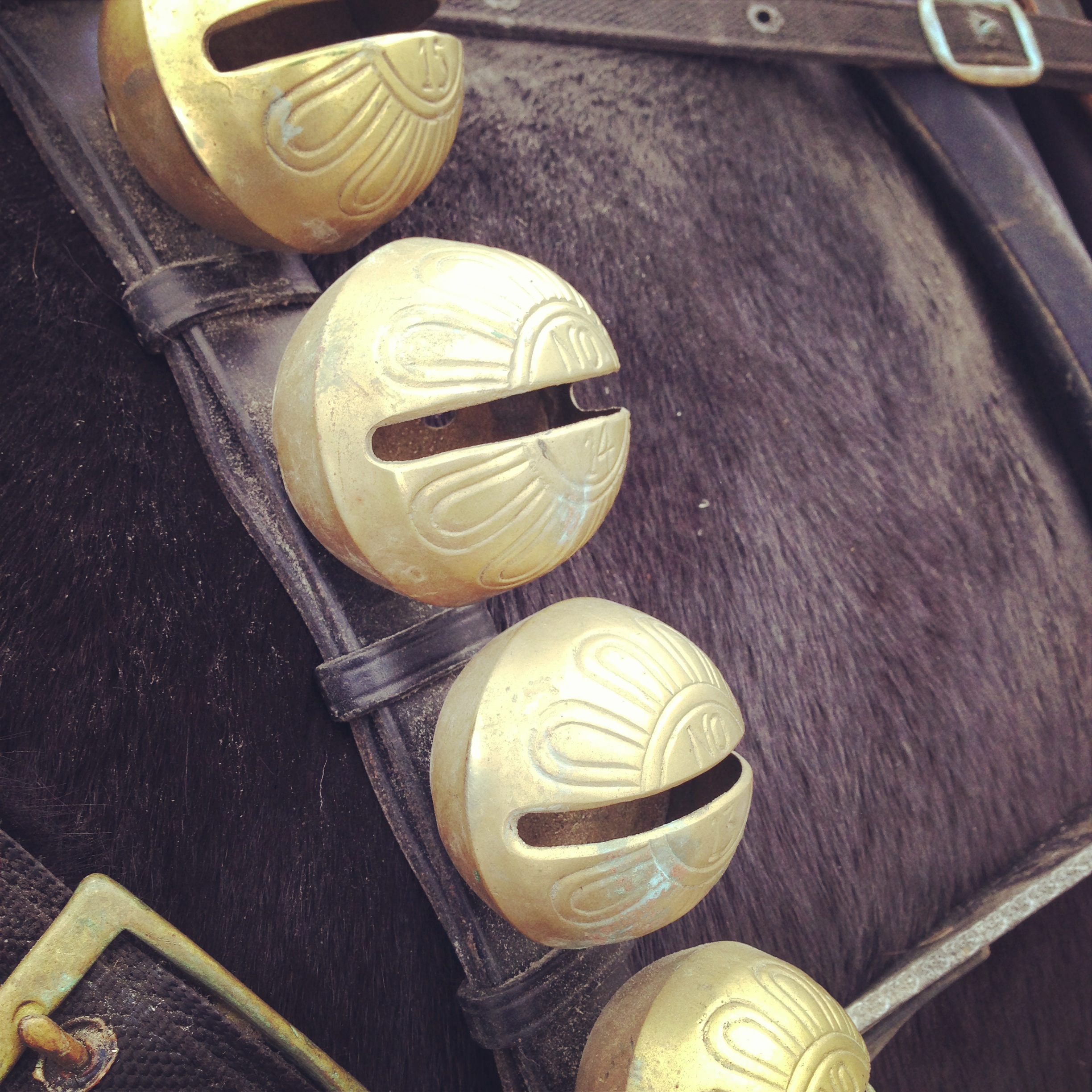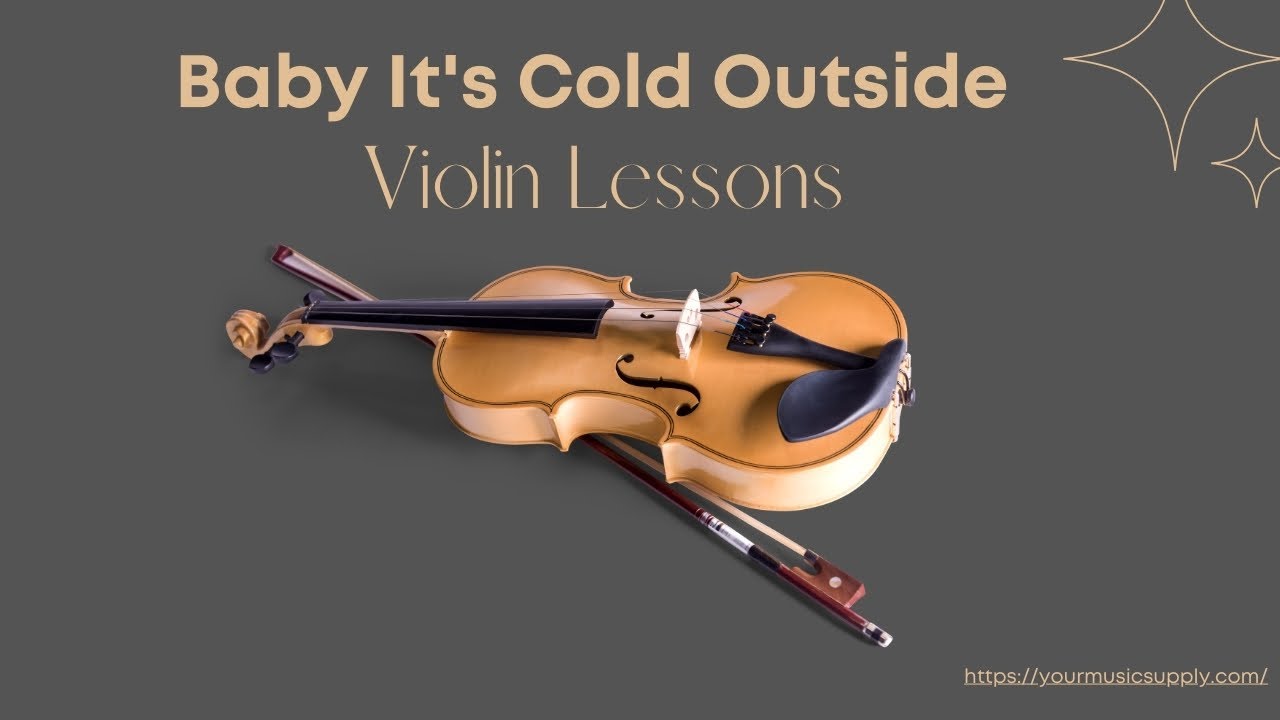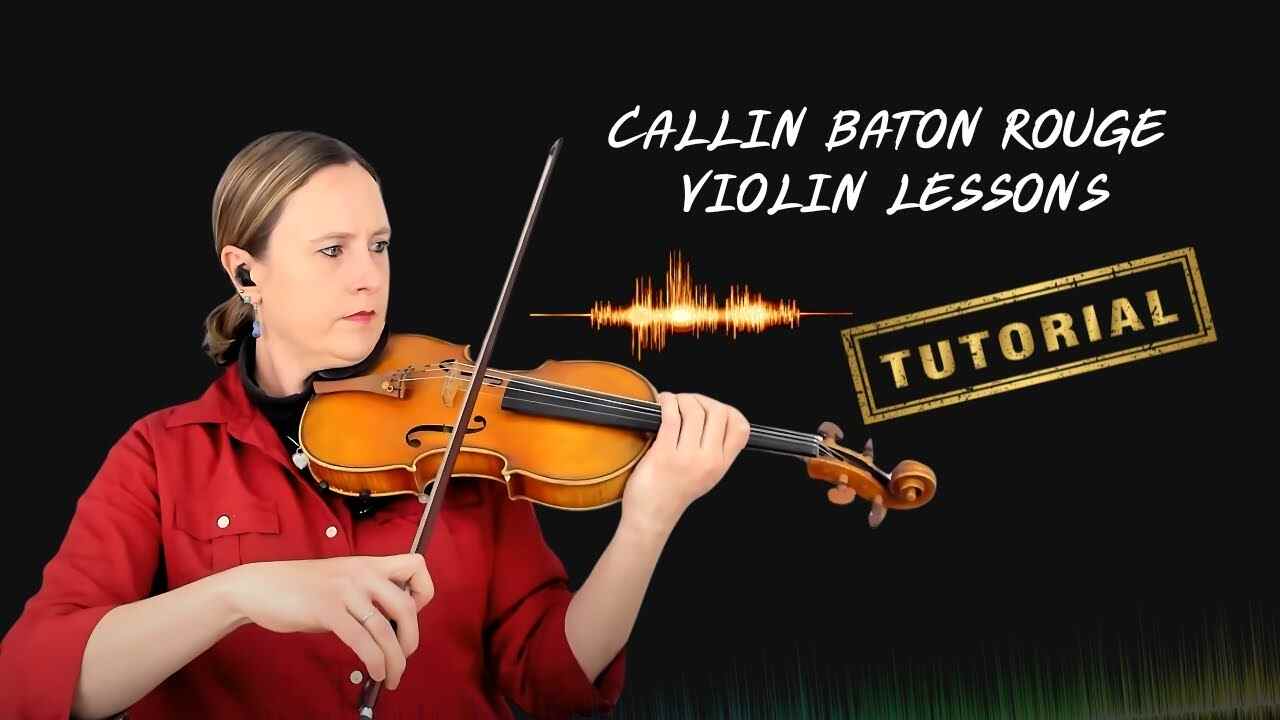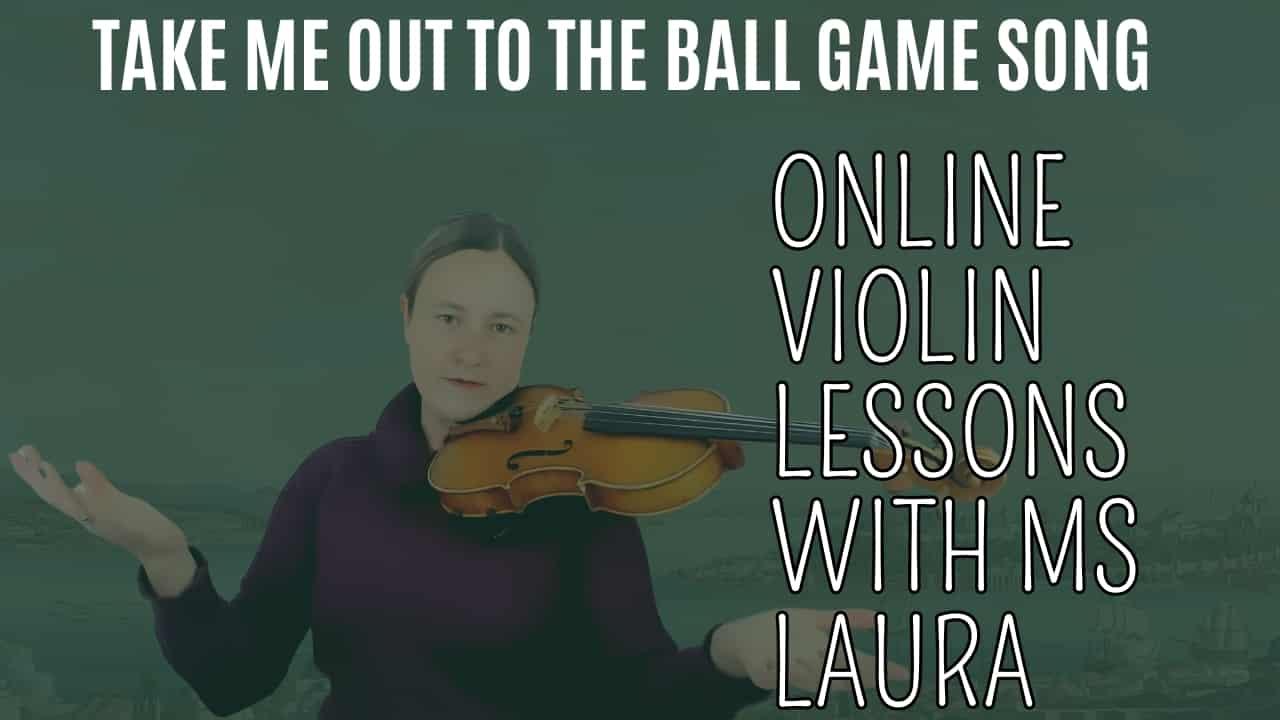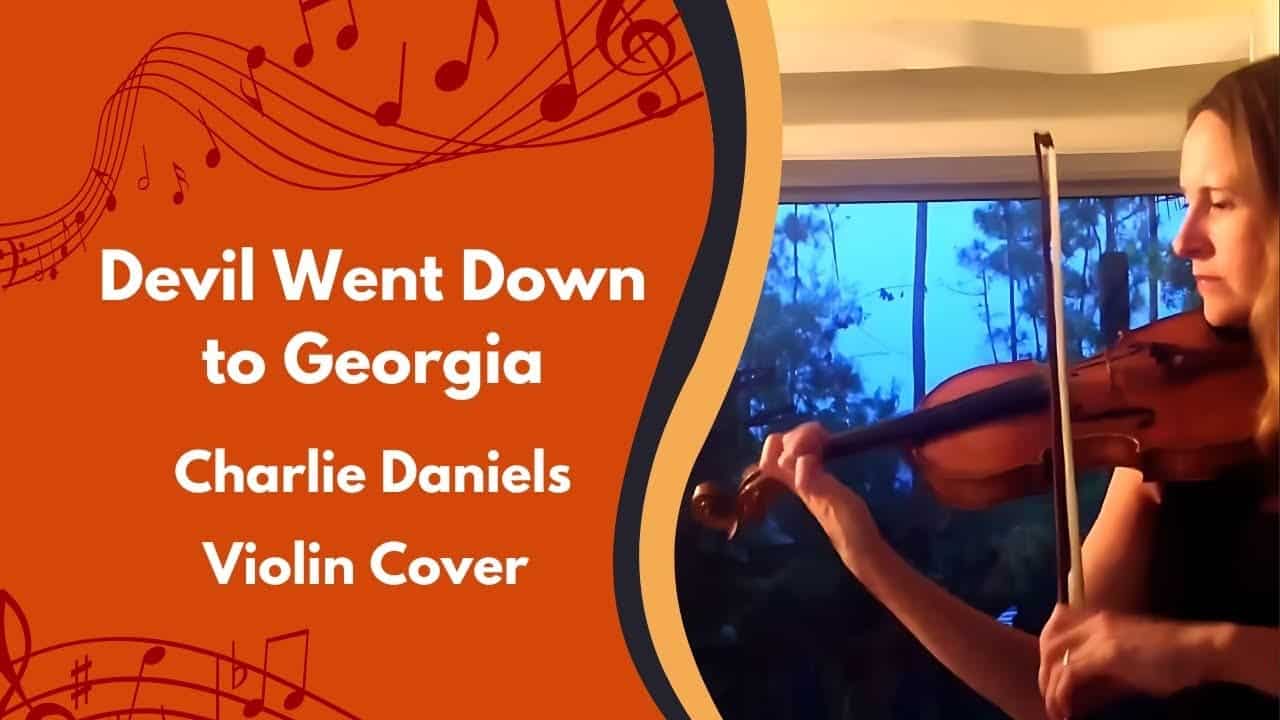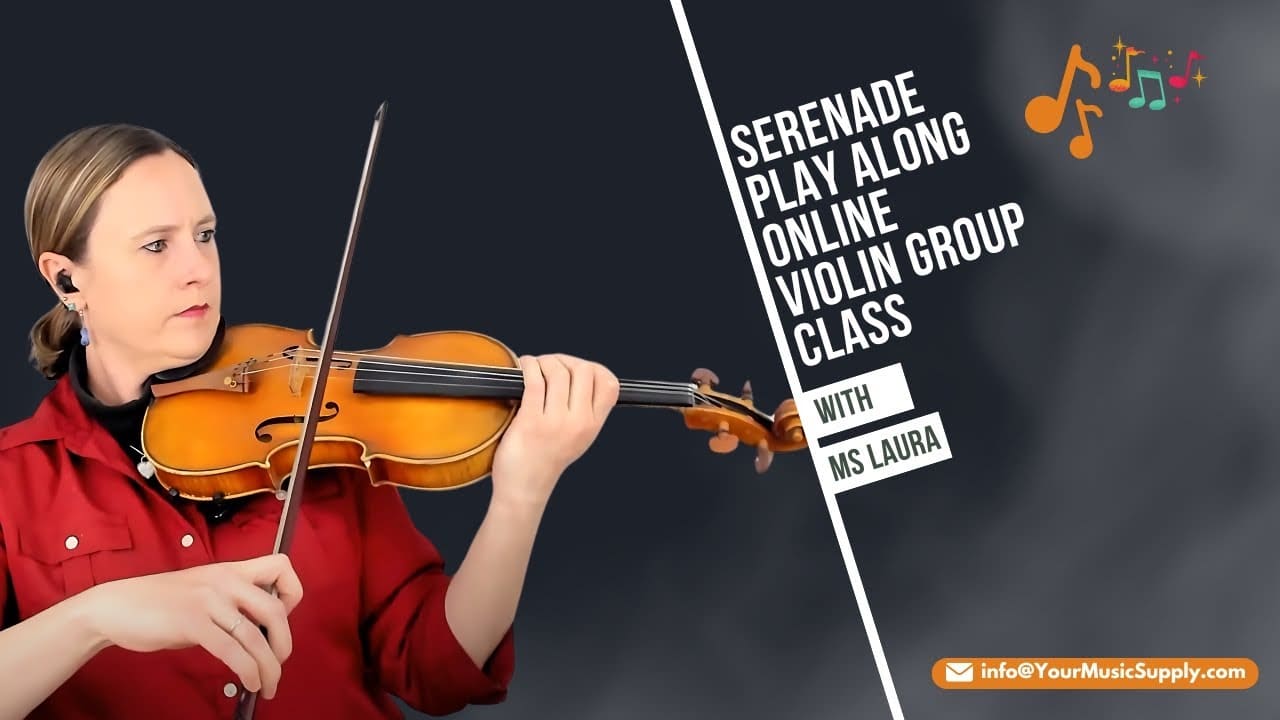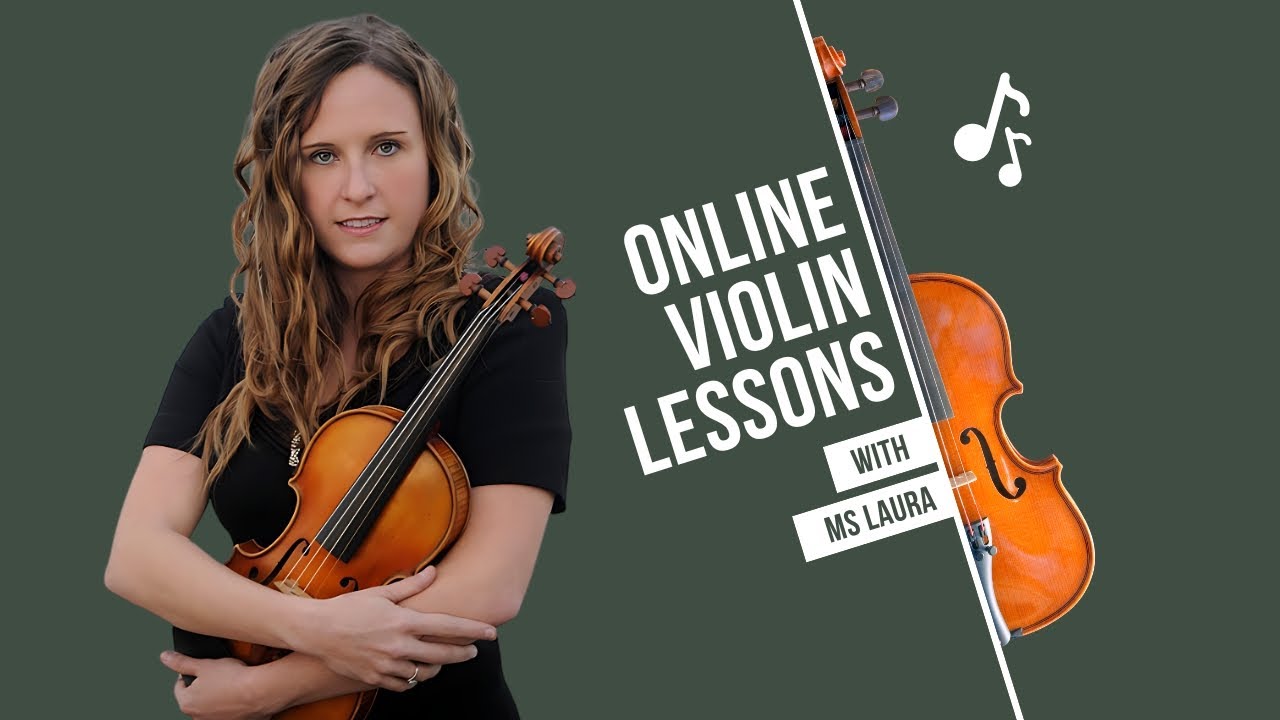Of all the techniques that add so much expression and emotion to your playing, vibrato is perhaps most important. You will really be able to add so much richness to your sound when you have mastered this technique. It’s a slight fluctuation in pitch achieved by oscillating your finger on the string, therefore making the notes warm and deep.
Vibrato is definitely going to take any player-from the absolute beginning to an advanced player-to great heights of musical performance. In this blog post, we are going to take you through some of the most important exercises on vibrato that violinists of any level should go through. Those will give you control, flexibility, and fluidity to enable you to be capable of playing with beautiful vibrato.
Vibrato on the Violin:
Vibrato is the technique that involves a pulsating sound by crossing the finger over the violin string on which pressure is applied. It displaces the pitch, and there is a soft oscillation that gives a richer tone to the note. This aspect of music finds wide usage in every other genre from classical to modern.
There are three types of vibrato used in the playing of violins:
- Arm vibrato: the arm moves while the wrist is held practically still.
- Wrist vibrato: the movement is done through the wrist while the arm is held still.
- Finger vibrato: small movement involving fingers alone. Each has its feel and character, and most violinists soon develop preferences depending on comfort and the style of music they play.
Why is Vibrato Important to Violinists?
Among violinists, it’s important to give life and coloration to the playing of the musician. Without vibrato, the flatness would empty its emotional weight. The addition may give so much more, not only to the mood created among the player but also within the audience, whether one plays solo or as part of an ensemble. In other words, vibrato gives violinists the clear advantage in being able to express music with more emphasis on its emotional weight.
Besides, proper performance of vibrato also reflects good technical preparation since vibrato is to be applied with precision and control. It is an important tool every advanced or intermediate violinist should use to give music to their art.
Exercises to Warm-Up for Vibrato
A good warm-up of his hands and fingers is necessary before doing the actual vibrato-specific exercises to avoid straining them for added fluency. Such a good warm-up will prepare your muscles in advance for the vibrato motion, and it also protects you from injury, primarily to your wrist and fingers.
- Hand and Finger Stretches
Do some light stretches to warm up the hands and wrists. Spread your fingers by opening and releasing your hands. Permit the blood to course through your fingers. Rotate your wrists in circular motions both clockwise and counterclockwise, then - Open String Bowing
Long, slow strokes of the open strings. Focus on releasing your hand, arm, and wrist. This allows for relaxation of the muscles, thereby preparing them for other motions like vibrato. - Scale Practice
Play a couple of simple scales-poorly played with smooth, even bowing-on the G Major or D Major for instance. Pay more focus on the tone quality and setting your fingers well. Playing the scales strengthens the muscle memory, which in turn prepares your fingers for vibrato motions.
Vibrato Exercises for Beginners
Since you are just a starter of vibrato, be easy, look at developing the right motion and control. A few exercises to get you started are as follows:
1. Finger Rolling on the Violin Neck
This exercise conveys vibrato without your actually playing it. Put your finger on the neck of the violin and then, without pressing string, Slowly roll your finger tip back and forth as if performing the vibrato. Practice this on all four fingers of your left hand.
Pay especial attention to having relaxed hand and wrist. The circular motion-subtle, backwards and forwards-comes from the very root of the finger.
2. Vibrato in Slow Motion on One Note
Once you get used to the feel of the roll, put your finger on a note-for instance, the A on the D string. Do a really slow vibrato, rocking your finger from left to right. It is essential that you go slow and not press too hard on the string.
Key Focus: The pitch of the note needs to stay on point while oscillating. In this way, using small and slow movements will set up a good vibrato to be executed faster later on.
3. Metronome Exercise
Set the metronome to a slow tempo – about 60 beats per minute. Play the note so that the vibrato movement lands in tempo with the metronome beat. Keep your oscillation even and consistent. As you work, gradually increase the metronome tempo to make it closer to the actual tempo.
Meanwhile, be sure you get work on cueing your vibrato with a metronome, so that you continue developing the rhythmic vibrato that you can broaden or narrow depending on the musical situation.
Vibrato Intermediate Exercises
The basic idea of vibrato is discussed well enough here, so now it is the high time for the creation of speed and flexibility variations of vibrato. Following exercises will take you through the transition from slow controlled vibrato to faster and more expressive movements.
4. Arm and Wrist Coordination
Now you can try a few types of vibrato: arm vibrato, wrist vibrato and finger vibrato. First practice each one on its own so you have an idea of how the different types contrast.
Arm Vibrato: Rotate your entire forearm back and forth keeping the wrist as relaxed as possible.
Wrist Vibrato: Make very small controlled circles with the wrist without moving the arm.
Vibrato with Fingers .
Focus on: trying to be as smooth as possible. Practice in a variety of speeds to find the most comfortable for you.
5. Vibrato in Scales
Perform some simple scales, such as G Major, using vibrato on every note. Using a slow vibrato to start and build in tempo as you move higher and lower within the scale. Relate it to building finger strength and flexibility within your regular playing using vibrato.
Focus on: Even vibrato across the scale. Pay attention to the transitions between the notes, smoothly using vibrato.
6. Vibrato with Dynamic Changes
Take any note and play with vibrato, starting soft and then crescendo, or vice-versa, decrescendo. This will help you modulate your vibrato’s width and speed as well as play the music with expression.
Listning Practice: How you can use vibrato to help enhance the overall dynamics and phrasing. Try taking different speeds and widths for your vibrato depending on the feeling you’re trying to get across musically.
Advanced Vibrato Exercises
For the accomplished violinist, vibrato becomes the most important modality of phrasal shaping and pathos in performance. The following exercises will help you further develop and apply your vibrato more creatively.
7. Vibrato on Double Stops
Even two notes sounded simultaneously demand extra control and grace in double stops while performing vibrato. Practice doing slow vibrato at first with double stops on simple intervals-usually thirds or fifths-and then try to work your way up in speed little by little.
Things to notice: That both the notes are in tune and in pitch when the vibrato is added. This exercise strengthens the fingers of your hands.
8. Variation of Vibrato within Phrases
Now, take any short musical phrase and play it a number of times, applying variation of the vibrato’s speeds and widths. Long notes will require slower, wider vibrato; as the note becomes shorter or the phrase takes on a more dramatic turn, suddenly change your vibrato to faster and narrower. It will make your vibrato flexible and playful, and your vibrato will respond to the most typical musical phrasing.
Stress that the vibrato needs to be in line with the emotive message of the music. Imagine how the vibrato can be used to create character in each phrase.
9. Vibrato Endurance
Play a very long, sustained note using consistent vibrato. This exercise will improve endurance for long passages requiring vibrato.
Listen for: Same consistent vibrato throughout the note-even as your hand begins to tire.
Common mistakes to avoid while learning vibrato
Tension: Keep the hand, arm and fingers relaxed. Any tension will inhibit the production of a smooth vibrato. Too Fast Too Soon: Most beginning students want to play vibrato too fast too quickly. Take it slow and work your speed up over time to avoid developing poor vibrato habits. Irregular Oscillation: Your vibrato motion should be smooth and even. Use a metronome to help keep your vibrato rhythmic.
It is so much fun to finally master vibrato, a skill all violinists must eventually perfect. Learning vibrato can bring an extra layer of depth, emotion, and expression to playing. Whether one is a complete beginner just starting to experiment with vibrato or is an advanced player refining the techniques, these exercises will help achieve control, flexibility, and fluidity required to create a beautiful vibrato sound. It will definitely change your whole approach to playing the violin, giving emotion to each performance. The best is yet to come: these vibrato exercises should be done daily.

